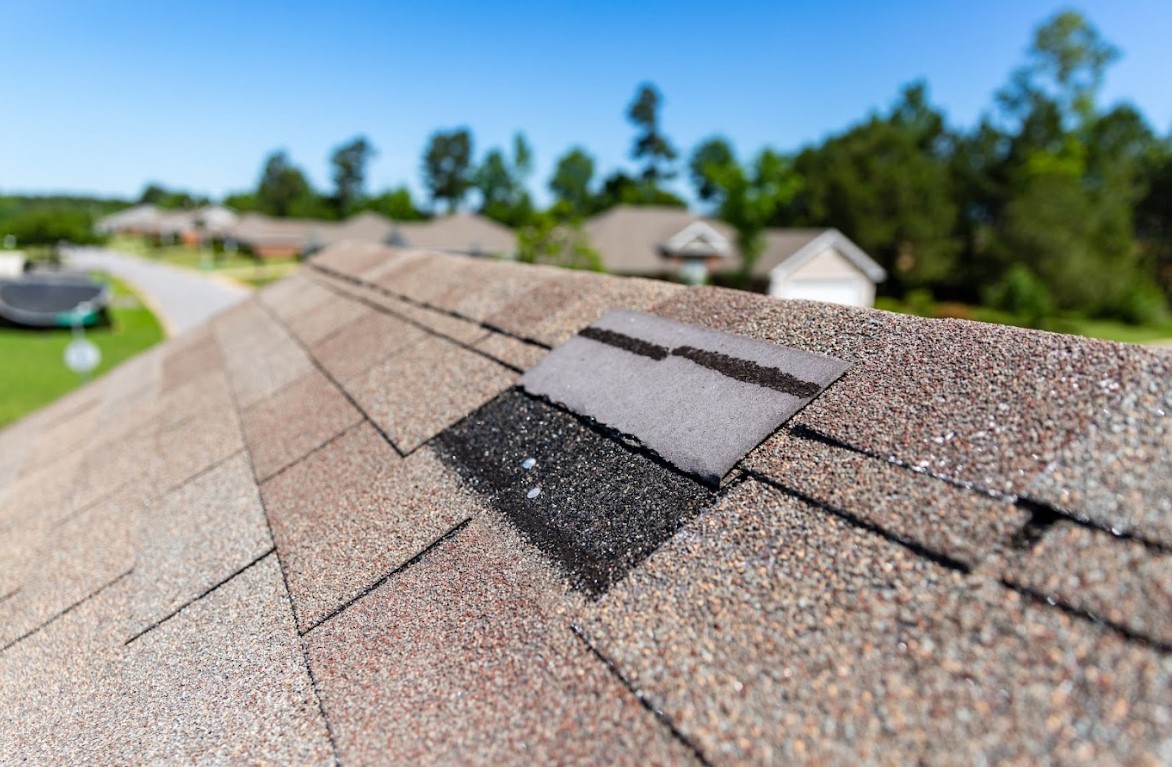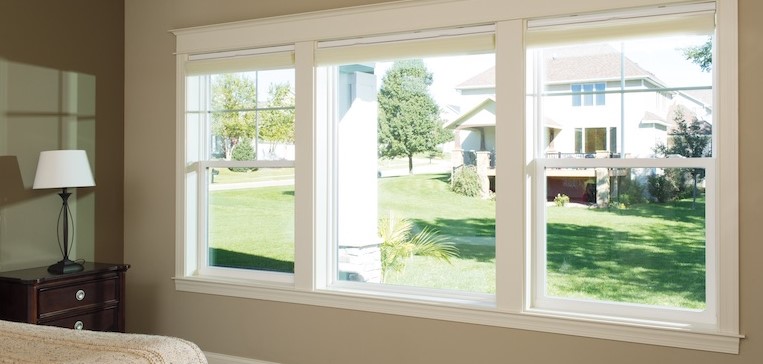After the Storm: How to Spot Hidden Roof Damage Before It Gets Worse
October 10, 2025
•
Written By
ProRoofUSA

The storm has passed. The skies are clear again, and your home seems fine—no missing shingles, no visible leaks. But here’s the truth: what you don’t see after a storm can do the most damage. Hidden roof problems can quietly grow worse over time, leading to water intrusion, mold, and expensive repairs down the line.
Florida homeowners know this cycle all too well. Between hurricanes, tropical rains, and heavy winds, your roof takes a beating every season. Catching hidden damage early isn’t just smart—it’s essential. In this guide, we’ll walk you through how to spot subtle warning signs before they spiral into serious problems, and when to call the professionals at ProRoofUSA in Loxahatchee, FL for help.
Key Takeaways
- Not all roof damage is visible—minor cracks or lifted shingles can cause major issues later.
- Quick inspections after storms can prevent leaks, mold, and structural problems.
- Watch for changes inside your home, like stains or higher energy bills, which signal roof trouble.
- Schedule a professional inspection to find what your eyes might miss.
- ProRoofUSA in Loxahatchee offers trusted post-storm roof inspections and repairs.
Why Hidden Roof Damage Is a Big Deal
It’s tempting to breathe a sigh of relief when the storm clouds fade. But high winds and flying debris can cause subtle shifts in your roofing system that aren’t immediately visible.
A single loosened shingle or dented flashing might seem harmless—but water has a way of finding those weak spots. Over time, that moisture seeps beneath your roof deck, leading to wood rot, insulation damage, and eventually, leaks that ruin drywall or flooring.
Catching these problems early saves you thousands in repair costs and keeps your home structurally sound through Florida’s unpredictable weather.
The Telltale Signs of Hidden Roof Damage
Even if your roof looks fine, small clues can tell another story. Here’s what to check after every major storm:
1. Inspect from the Ground First
Grab a pair of binoculars and take a careful look from a safe distance. You’re looking for:
- Shingles that appear curled, cracked, or missing
- Dark patches where granules have worn away
- Sagging rooflines or uneven sections
- Debris buildup in roof valleys or gutters
If something looks “off,” resist the urge to climb up there yourself—wet shingles are slippery and dangerous. Instead, take photos and contact a roofing professional to inspect further.
2. Look Inside for Water Intrusion
Storm damage doesn’t always show up outside first. Check your attic, ceilings, and upper walls for:
- Water stains or discoloration
- Damp insulation
- Musty odors that hint at hidden moisture
- Light peeking through roof boards
If you notice any of these, you’re already past the “small problem” stage. Call a roofer right away before the damage spreads.
3. Watch for Higher Energy Bills
You might not connect your utility bill to your roof—but you should. Damaged roofing materials and underlayment can let cool air escape, forcing your AC to work harder. If your energy usage spikes after a storm, your roof could be to blame.
A quick inspection from ProRoofUSA can pinpoint ventilation or insulation issues that are costing you money each month.
Common Hidden Roof Problems After Storms
Florida storms bring more than just rain. They bring flying debris, falling branches, and intense gusts that can compromise your roof’s structure. Here are a few of the most common hidden issues:
- Loose Flashing: High winds often loosen flashing around vents, skylights, and chimneys, allowing water to creep in over time.
- Granule Loss: Hail and debris can strip shingles of their protective layer, shortening their lifespan.
- Dented Gutters or Fascia: Impact damage along roof edges can redirect water flow, causing pooling near your foundation.
- Lifted Shingles: Even if shingles don’t fall off, loosened adhesive can let rain seep underneath.
- Cracked Underlayment: The waterproof barrier beneath shingles can tear during storms, leaving the roof deck vulnerable.
When you understand these weak points, you’ll know what to ask for during a professional inspection.

How to Do a Quick Post-Storm Roof Check (Safely)
If the weather has cleared and it’s safe to go outside, a simple walk-around can help you identify potential trouble spots before calling in a pro.
Here’s a quick, safe checklist to follow:
- Step outside once the rain stops. Wait for everything to dry before inspecting.
- Check your yard. Look for fallen shingles, nails, or flashing on the ground.
- Inspect soffits and eaves. These areas often show early signs of water intrusion.
- Peek into the attic. Look for daylight shining through or damp wood.
- Run your hands along ceilings. Even slight dampness signals a leak.
If anything seems suspicious, take photos and call a trusted roofer. The sooner you act, the more you save.
Why DIY Fixes Can Make Things Worse
It’s tempting to patch a small problem yourself, but roofing systems are complex—and mistakes can lead to bigger headaches.
Improper repairs can:
- Void your manufacturer’s warranty
- Create uneven pressure points that lead to leaks
- Trap moisture under new materials
- Mask the real source of the damage
Professionals like ProRoofUSA use moisture-mapping tools, drones, and thermal imaging to uncover issues you can’t see. That level of precision means repairs get done right the first time.
When to Call for a Professional Roof Inspection
If you’ve been through a major storm—or even a few smaller ones—it’s smart to schedule a professional inspection at least once a year. But call sooner if you notice:
- Missing shingles or flashing
- Dripping sounds or wet spots inside
- Debris or branches stuck on your roof
- Mold or mildew near your attic vents
- Spikes in energy bills
Even if everything seems fine, a quick inspection can verify that your roof’s still secure. Think of it as a checkup for your home’s first line of defense.
Frequently Asked Questions
How soon should I inspect my roof after a storm?
Ideally within 24–48 hours once it’s safe. Early inspections help catch small leaks before they cause bigger structural issues.
Can I see hidden damage from the ground?
Some signs, like missing shingles or bent flashing, may be visible—but much of the damage is subtle. That’s why professional inspections are so valuable.
Does insurance cover hidden storm damage?
Often yes, but documentation is key. A professional inspection report from ProRoofUSA helps strengthen your claim.
Is it safe to walk on my roof after a storm?
No. Wet or weakened shingles can give way without warning. Leave roof walks to trained professionals with the right equipment.
How often should I get my roof inspected in Florida?
Once a year is a good rule of thumb—but after any major storm, schedule an extra inspection to stay ahead of hidden issues.
Protect Your Home Before Small Problems Grow
A roof that “looks fine” can still hide serious problems underneath. And in Florida’s harsh climate, waiting too long to act can turn a simple repair into a full replacement.
At ProRoofUSA in Loxahatchee, FL, we specialize in detailed post-storm roof inspections that uncover what the eye can’t see. Our team checks every inch—from flashing to underlayment—to ensure your home is safe, dry, and ready for whatever comes next.
Peace of Mind Starts at the Top
After the storm, you’ve got enough to worry about—your roof shouldn’t be one of them. Whether it’s subtle leaks, unseen cracks, or loose shingles, identifying issues early keeps your home protected and your wallet intact.
Don’t wait for the next downpour to find out there’s a problem.
Contact ProRoofUSA in Loxahatchee, FL today for a professional inspection and get peace of mind knowing your roof is storm-ready once again.
Recent Articles

Residential Window
Upgrade to Impact-Resistant Windows Before Next Hurricane Season
November 26, 2025

Residential Roofing
The Truth About Roof Coatings: Do They Really Extend Roof Life in Florida?
November 19, 2025

Residential Roofing
Metal vs. Tile Roofing: Which Fits Your Florida Home Best?
November 12, 2025

Residential Roofing
How a New Roof Can Help Boost Your Home’s Curb Appeal Before the Holidays
November 5, 2025
